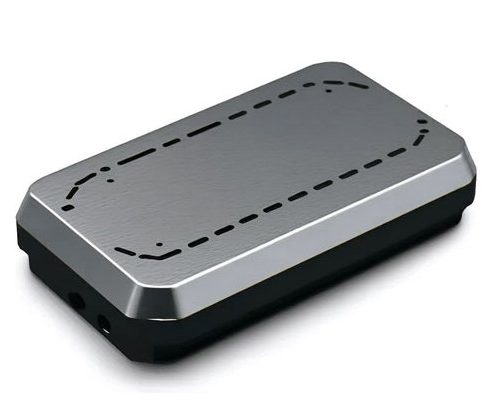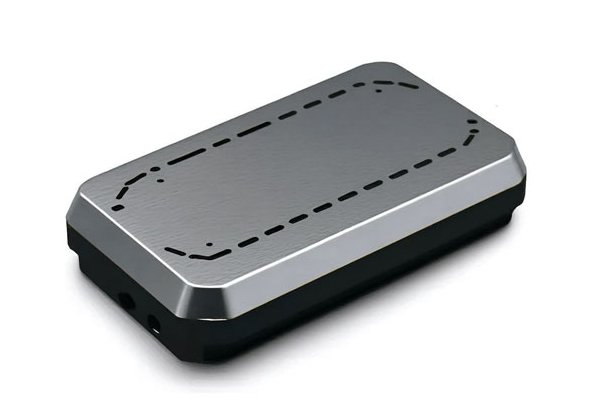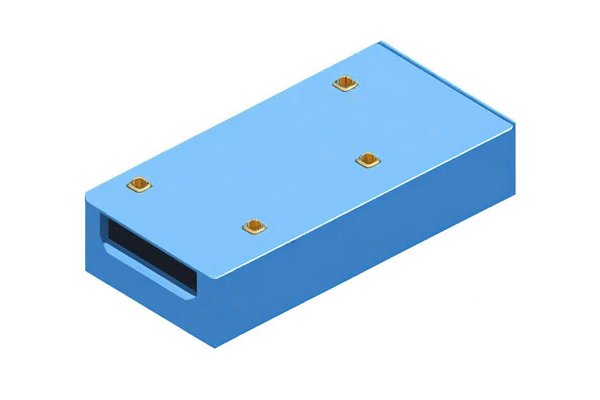When you think about metals that are essential in manufacturing, copper certainly comes to mind. This reddish-gold element is not just a pretty face; it’s a cornerstone in numerous industrial applications due to its excellent conductivity, malleability, and resistance to corrosion. Yet, despite its significance, the process of machining copper can be a bit of a mystery, especially to those new to the metalworking world. Fear not! In this article, we’ll dive deep into the fascinating universe of machining copper. You’ll not only learn about the best techniques and tools to utilize but will also understand how to navigate the challenges that come with this remarkable metal.
What is Copper Machining?
Before we get into the nitty-gritty, let’s establish what we mean by copper machining. At its core, copper machining involves processes that manipulate copper into usable forms. This can include turning, milling, drilling, and grinding—essentially reshaping copper to meet specific design needs. Whether you’re crafting intricate electronic components or creating enchanting decorative pieces, mastering copper machining will set you on the right path toward crafting excellence.
The Importance of Copper in Various Industries
Think of copper as the unsung hero in the world of manufacturing. Found in electrical applications, plumbing, HVAC systems, and even decorative arts, its versatility is astonishing. In electrical engineering, for example, the conductive properties of copper make it ideal for wiring, serving as the backbone of our modern infrastructure.
Did you know that over 60% of the copper produced globally is used in electrical applications? It’s like the bloodstream of technology!
Electrical Applications
In electrical applications, copper’s excellent electrical conductivity makes it a favorite among engineers and designers. Cables, connectors, circuit boards—copper’s reliability shines through. When you hold a smartphone or laptop, you might not see copper, but it’s working tirelessly inside, ensuring everything operates smoothly.
Plumbing and HVAC
Copper is also critical in plumbing and heating, ventilation, and air conditioning (HVAC) systems. Its resistance to corrosion and antimicrobial properties make it ideal for pipes and fittings, ensuring clean drinking water and effective climate control.
Artistic Endeavors
Lastly, let’s not forget the artistic side of copper. From sculptures to jewelry, the rich color of copper allows artists to create stunning pieces that catch the eye and spark conversation. Every intricate design tells a story and every curve reflects the artisan’s touch.
The Copper Machining Process
Machining copper can be a bit tricky, as the metal has a tendency to “gall,” or stick, to cutting tools. However, with the right approach, you can avoid common pitfalls and achieve stunning results. Here’s a breakdown of the primary methods in copper machining:
Turning is a highly efficient method utilized primarily for the manufacture of cylindrical components. In this process, the copper workpiece is mounted on a lathe and rotated against a stationary cutting tool.
Tools for Turning
Choosing the right tools for turning copper is crucial. High-speed steel (HSS) or carbide tools are commonly used, as they maintain their sharpness longer than other metals.
Tips for Successful Turning
Milling is another standard method in copper machining. It involves the use of a rotating cutting tool to remove material from the workpiece.
Tools for Milling
Carbide and HSS end mills work well for copper, and the choice often depends on the thickness of the copper you’re working with.
Tips for Successful Milling
Drilling is key when you need to create holes in copper. The right drill bit and technique can make all the difference.
Tools for Drilling
Cobalt or carbide drill bits are recommended for drilling into copper, as they withstand high heat without dulling quickly.
Tips for Successful Drilling

Grinding finishes the machining process, giving the copper piece its final dimension and smoothness.
Tools for Grinding
Use a bench grinder with a suitable grinding wheel for copper.
Tips for Successful Grinding
Challenges in Copper Machining
Every rose has its thorns, right? Let’s address the common challenges you might face when machining copper.
Galling
One of the biggest headaches when working with copper is galling. This occurs when tiny pieces of the material adhere to the tool’s surface, leading to a poor finish.
Solution
To combat galling, always use sharp tools and employ adequate lubrication. Cutting fluids can help create a barrier against adhesion.
Tool Wear
Copper is notorious for wearing out tools quickly, especially when heated during the machining process.
Solution
Using high-speed steel or carbide tools can help mitigate this problem, as they tend to withstand wear and tear better than other materials.
Heat Generation
Copper’s ability to conduct heat can be a double-edged sword. Too much heat generation can lead to warping and poor finishes.
Solution
Maintain a steady speed and use cutting fluids to dissipate heat effectively.
Best Practices for Machining Copper
To achieve optimal results and ensure your tools and materials last, a few best practices will go a long way.
As we’ve already mentioned, lubrication is crucial when machining copper. Always have a good cutting fluid on hand to keep everything running smoothly and to reduce wear on your tooling.
Keeping a consistent feed rate and speed can drastically improve your finish quality. It’s all about finding the perfect rhythm—think of it as a dance between the tools and the material!
Combine different machining processes. For example, you may want to start with turning and follow up with routing or grinding for a smooth finish.
Lastly, being in tune with the latest tools and techniques can set you apart from the competition. Regularly attending workshops or online courses related to metalworking can keep your skills sharp and your knowledge base broad.
Conclusion
Copper machining opens doors to a realm of exciting possibilities. By understanding the unique characteristics of copper and adopting the right techniques, you can create industry-leading products ranging from electrical components to beautiful art pieces. Whether you’re a novice just starting out or a seasoned machinist, there’s always something new to learn and explore when it comes to machining this magnificent metal.
So, the next time you sit down to a machining project involving copper, remember to embrace the challenges, stay methodical, and above all, have fun. After all, every piece you create is a piece of your artistry, and in the world of metalworking, that’s something truly precious!
Now, what will you create next with your newfound insights into copper machining?



